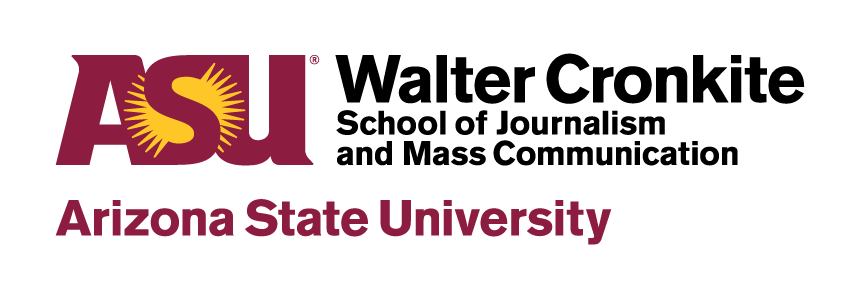Introduction
When creating websites, it’s important to consider accessibility for people with decreased vision, hearing and motor skills. These are simple tips on how to develop an accessible website.
For people with visual impairments who use screen readers, it is crucial that a webpage make sense to someone who’s only reading the text.
Please refer to the list of resources at the end of this document for more thorough discussions.
Getting started with accessibility
You can achieve a solid level of accessibility through two major techniques: Proper use of “alt” tags and proper HTML coding.
The single most important thing you can do to make a website accessible is to ensure that all images have descriptive “alt” tags.
For instance, instead of
<img src="images/logo.gif" />
make sure to use
<img src="images/logo.gif" alt="Cronkite School Logo" />
This way a screen reader will be able to read out the description of the image. As a bonus, this will help the search engine rankings for your images, so it’s a win-win to make sure you use proper “alt” tags.
Images that are purely decorative (such as bullets) are denoted with an empty “alt” tag, like so:
<img src="images/bullet.jpg" alt="" />
Proper HTML coding
The cleaner your HTML, the easier it is for screen readers to understand it. It also makes your site more likely to work correctly across different browsers, so just like with the “alt” tags, it’s a win-win to keep your HTML clean. A great tool for making sure your HTML is valid is the W3 validator. Please note that the validator—despite a tremendous amount of effort by its creators—can be a bit obtuse at times. Nevertheless, it will help you spot errors that may confuse browsers and screen readers alike and is a valuable tool.
The challenge of multimedia
Multimedia like audio and video can pose an accessibility challenge. A good way to make sure you don’t inadvertently put your content out of reach of the disabled is to provide the content in alternate forms. A transcript of audio will allow deaf individuals to access the content, just like subtitles in videos.
Also consider alternate versions of things like charts—if possible, a text explanation of a chart will allow a visually impaired person to access the meaning.
Resources
Federal law requires government agencies to provide accessible content to people with disabilities. This includes websites, mobile applications, software and guides.
Google Inclusive Marketing Hub
User-Friendly Advice for Accessible Web Design
Section 508 of the Rehabilitation Act
Digital Accessibility Guides
Ability360: Make Your Online Content More Accessible
RGD Ontario:
Access Ability: A Practical Handbook on Accessible Graphic Design

